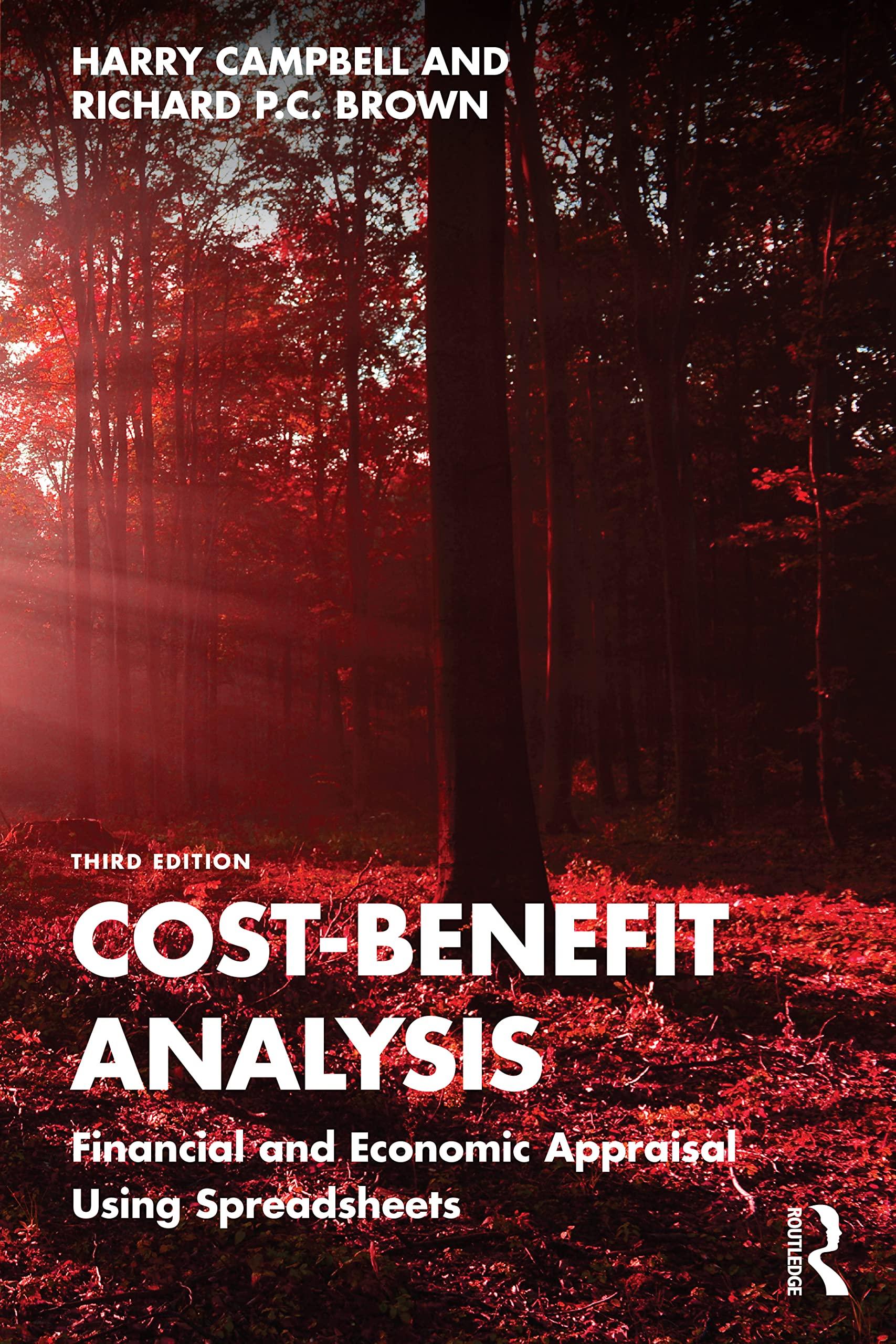Question
QUESTION ONE-(30 MARKS) On a Saturday morning in late September 2015, Desiree Mofakye sat over her breakfast, which was rapidly turning cold, and reflected on
QUESTION ONE-(30 MARKS)
On a Saturday morning in late September 2015, Desiree Mofakye sat over her breakfast, which was rapidly turning cold, and reflected on the performance of her personal investment portfolio over the past seven years. She recalled that, after the financial crisis in 2008, she had been advised to avoid U.S. stocks and to put her savings in the emerging economies of GHANA and SA. At the time, she had chosen to allocate her funds to two exchange traded funds (ETF) invested in the equity markets of GHANA and SA, namely ALUWORKS and AGA, in the ratio of 60 per cent and 40 per cent respectively. ALUWORKS was an ETF invested in the public equity markets of SA. The ETF invested in the stocks of large-cap companies operating across diversified sectors. AGA was an ETF that invested in the public equity markets of GHANA. The ETF invested in the stocks of large-cap and mid-cap companies operating across diversified sectors, and tracked the performance of the Ghana Stock Exchange All Share Index (GSI). Although Desiree Mofakye had been satisfied with her portfolio performance over the past seven years, the high growth in these two emerging markets had fizzled out lately. However, the advice she had gathered from analysts reports implied that she should stay invested in these markets, albeit with more attention to the volatile swings.
Desiree Mofakye had enrolled in a corporate finance class at UPSA on risk and return to improve her investment knowledge. During her classes, Desiree Mofakye learned that the risk of a portfolio was not simply a weighted average of the individual variances of the component assets. Rather, it was determined to a large extent by the co-movement between the returns of the component assets. Consequently, Desiree Mofakye reasoned that diversification to include an asset that was imperfectly correlated with the existing components of her portfolio should reduce her risk without sacrificing returns, if she had understood correctly. With this objective in mind, Desiree Mofakye started to search for an asset that was not correlated with ALUWORKS or AGA. Desiree Mofakye wondered whether she should move some of her funds to U.S. equity. The U.S. economy appeared to have benefitted from the rounds of quantitative easing and was finally recovering from the doldrums. Surely, the fact that the United States was picking up at a time when SA and GHANA were slowing down was indicative of low correlation among the three economies.
Moreover, to confirm her belief, Desiree Mofakye decided to pick an ETF that tracked the U.S. equity market. She noticed that Lyxor United States Dow Jones Industrial Average (USDJIA) was invested in the public equity markets of the United States, in the stocks of companies operating across diversified sectors, excluding transportation and utilities sectors.She proceeded to gather past return data on ALUWORKS, AGA, and USDJIA (see Exhibit 1). All three ETFs were listed on the Nairobi Stock Exchange. As a proxy for the market portfolio, Desiree Mofakye downloaded corresponding return data for Lyxor World (see Exhibit 1). Lyxor World was an ETF that invested in the public equity markets of developed countries across the globe. It invested in the stocks of large-cap and mid-cap companies, and provided results that closely corresponded to the performance of the Ghana Stock Exchange All Share Index (GSI). Desiree Mofakyes idea was to compare the mean returns and standard deviations of her existing portfolio with an alternative portfolio that would invest 40 per cent in SA, 30 per cent in GHANA, and 30 per cent in United States (see Exhibit 2). She hoped that the analysis would help her decide whether to diversify her portfolio or remain invested in SA and GHANA only. In addition, she intended to compute the betas of ALUWORKS, AGA, and USDJIA using their covariance with the market proxy, which would help her figure out their required returns, assuming a risk-free rate of 2.5 per cent and a market risk premium of 5.5 per cent. Desiree Mofakye was excited to get started and to apply the financial concepts that she had gleaned from her corporate finance class. The class might have turned out to be her best investment yet.
EXHIBIT 1: ANNUAL RETURNS (%)
| Year |
ALUWORKS |
AGA |
Lyxor USDJIA |
Lyxor World |
|
2009 |
2.00 |
5.86 |
5.56 |
7.69 |
|
2010 |
4.25 |
22.40 |
6.11 |
5.79 |
|
2011 |
-29.40 |
-27.07 |
7.94 |
-3.28 |
|
2012 |
13.23 |
0.60 |
18.29 |
20.75 |
|
2013 |
8.86 |
-6.84 |
17.09 |
14.14 |
|
2014 |
2.31 |
33.87 |
14.20 |
15.06 |
|
2015 |
-2.96 |
-9.28 |
-4.71 |
-4.28 |
EXHIBIT 2: PORTFOLIO WEIGHTS (%)
| Assets | Existing Portfolio | New Portfolio |
| ALUWORK | 60 | 40 |
| SAGA | 40 | 30 |
| Lyxor |
| 30 |
USDJIA Required
1.Using the annual return data provided in Exhibit 1 of the case for ALUWORKS and AGA, calculate their mean returns, standard deviations, covariance, and correlation. With these numbers, calculate the standard deviation and return for Desiree Mofakyes entire portfolio (6 marks).
Step by Step Solution
There are 3 Steps involved in it
Step: 1

Get Instant Access to Expert-Tailored Solutions
See step-by-step solutions with expert insights and AI powered tools for academic success
Step: 2

Step: 3

Ace Your Homework with AI
Get the answers you need in no time with our AI-driven, step-by-step assistance
Get Started


